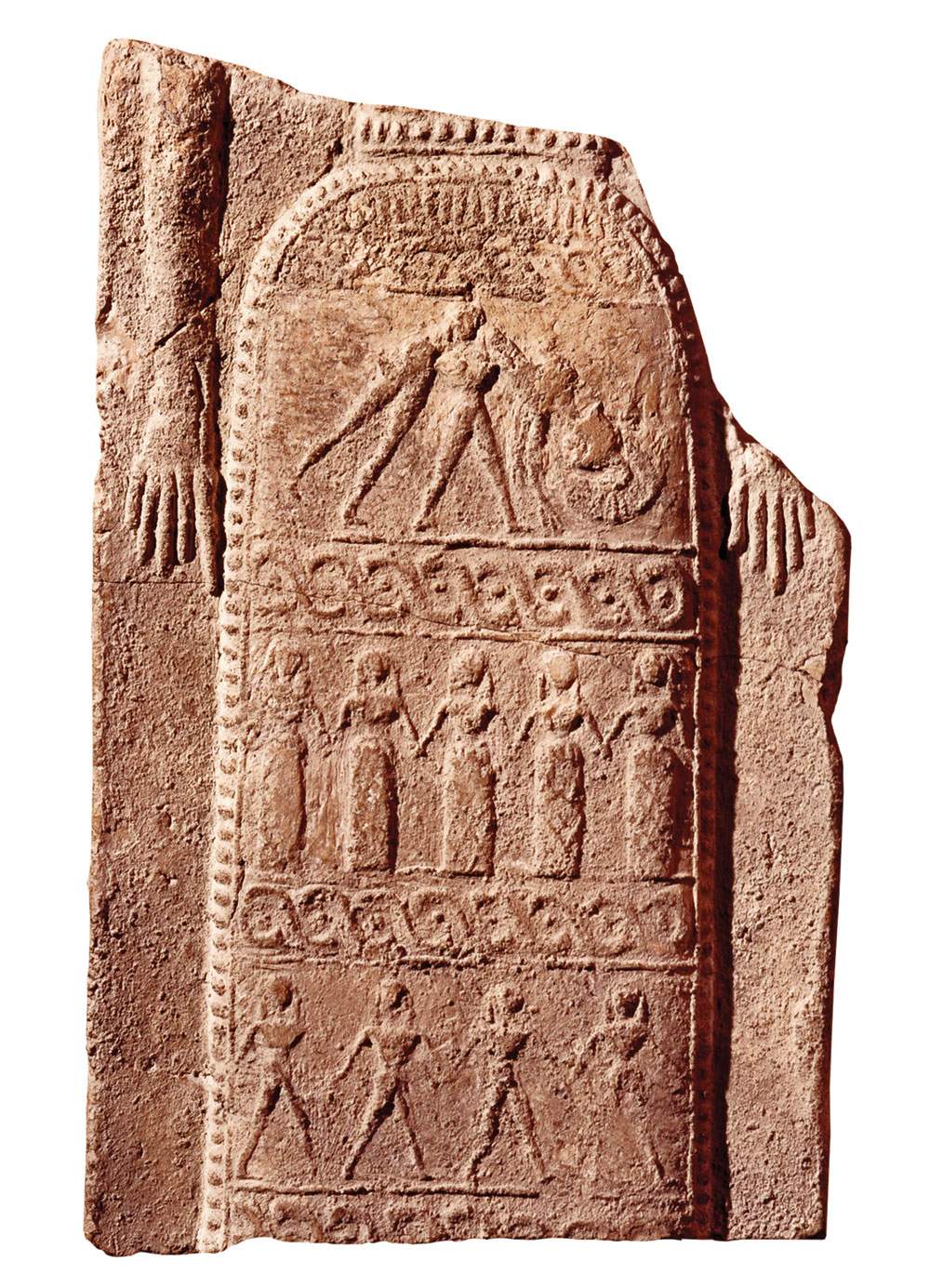After more than two decades, the large Magna Grecia collection with more than 400 artifacts returns to MANN on view
After more than two decades, the Magna Graecia collection of the National Archaeological Museum in Naples, with more than 400 works bearing witness to the political, social, religious and artistic aspects of Campania in pre-Roman times, is back on public view.
In fact, the collection, which is unique in the international museum scene, has been closed since 1996 due to the richness and antiquity of its archaeological heritage; through these artifacts, the complex coexistence of various communities in the southern part of the peninsula is also witnessed.
“Today we are giving back to the National Archaeological Museum of Naples a fundamental part of its identity: the re-installation after 20 years of the Magna Graecia collection, among the richest and most famous in the world, is the outcome of a vast plan of interventions to reorganize the western wing of the building destined to house the testimonies of the pre-Roman era. In the rooms on the second floor that house the exhibition itinerary, a unique experience awaits the visitor, who will literally be able to ’walk through history.’ He will do so by walking, with appropriate precautions, on the magnificent mosaic floors from the Villa of the Papyri in Herculaneum, buildings in Pompeii, Stabiae, and the imperial villa on Capri, finally recovered and restored to their magnificence. The history of the Greeks in the West, and that of the Italic peoples with whom they came into contact, thus comes back through the MANN, and I like to imagine this ’new’ section as a fascinating ’portal of knowledge’ that from Naples leads, and increasingly entices, the discovery of the ancient treasures of southern Italy,” said MANN director Paolo Giulierini.
Starting with a number of burials from Pithekoussai (Ischia) and Cumae dated between the second half of the 8th and early 7th centuries B.C. to testify to the earliest stages of Greek colonization of southern Italy, the review analyzes thereligious and mythical aspect of the cities of Magna Graecia through a number of works of art, including the terracotta frieze depicting the struggle between Heracles and the sea monster Nereus and the Tablets of Heraclea: an inscription (found in 1732) in bronze with a detailed account of public works related to the reorganization of some religiously owned land.
The ideological significance of the banquet is then addressed through the reconstruction of a banquet between the 6th and 5th centuries BCE: each figured Attic vase had a specific function.
A significant core of materials from Ruvo, Canosa and Paestum testifies to how populations of Italic origin in southern Italy replaced the Greeks in the administration of major cities, defining new forms of social organization. Prominent in this regard are the famous painted plates found in the Tomb of the Dancers, discovered in Ruvo on November 15, 1833: the funeral dance scene, on the walls of the tomb, constitutes one of the highest attestations of ancient painting in southern Italy. Also, the pairs of horse frontals and breastplates, from a Ruvestine burial of a knight of princely rank, and the two Apulian mask craters from the Hypogeum of the Vase of Darius in Canosa.
Looking to inland Campania and the most significant contexts from Nola to Cales (today’s Calvi Risorta) are a number of finds, including theHydria Vivenzio, one of the most celebrated vases of the ancient world. Purchased in 1818, the work is attributed to the Painter of Kleophrades. On the vase’s shoulder are circularly depicted scenes from the taking of Troy, including the rape of Cassandra and the bloody death of Priam.
The exhibition also recalls the most significant archaeological discoveries that occurred between the 19th and 20th centuries. The same fourteen rooms of the museum adjoining the Sundial Hall where the collection is housed are works of art: they feature valuable geometrically patterned sectilia and mosaics from the Roman period dating back to the first half of the nineteenth century. Of note is the circular opus sectile floor from the Belvedere of Herculaneum’s Villa of the Papyri characterized by a very modern play of perspective illusionism.
For info: www.museoarcheologiconapoli.it
Hours: Daily from 9 a.m. to 7:30 p.m. Closed Tuesdays.
Tickets: Full 15 euros, reduced 2 euros for children aged 18 to 25 and under.
Image: Lady of Sybaris
Terracotta; h. cm 17, l. cm 10.6
Sibari (Francavilla Marittima, Timpone della Motta) (?)
Santangelo Collection.
650-625 BC.
Naples, National Archaeological Museum
© Ministero per i Beni e le Attività Culturali
MANN, National Archaeological Museum of Naples
 |
| After more than two decades, the large Magna Grecia collection with more than 400 artifacts returns to MANN on view |
Warning: the translation into English of the original Italian article was created using automatic tools. We undertake to review all articles, but we do not guarantee the total absence of inaccuracies in the translation due to the program. You can find the original by clicking on the ITA button. If you find any mistake,please contact us.





























